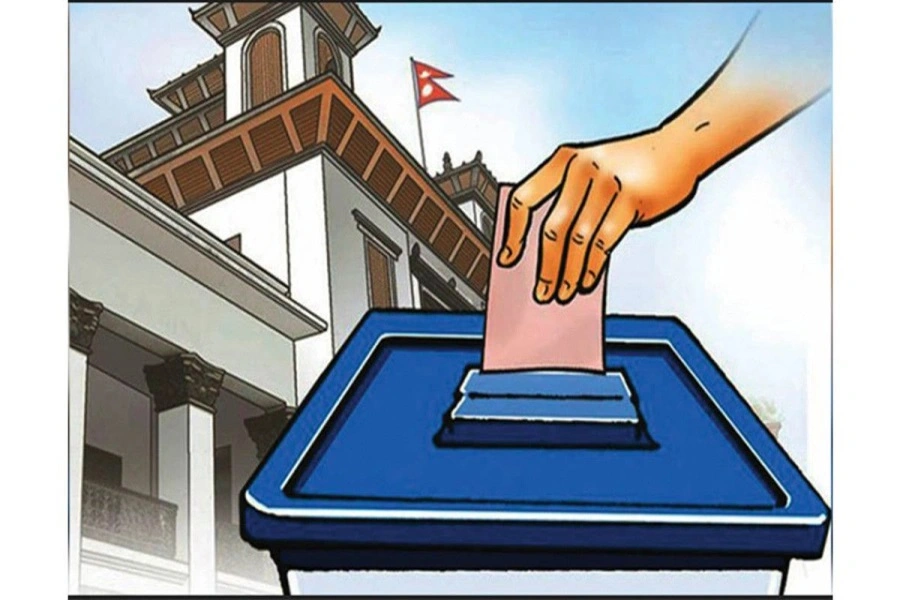NEW YORK, July 14: Confused by the "Pokemon Go" mania sweeping the world?
You're not alone.
For those who don't know the difference between a Squirtle and a Zubat, here's a look at the game, how to play it and some of the problems it's causing.
WHAT IS IT AND HOW DO I GET IN ON IT?
"Pokemon Go" is a free game app that you can download for your iOS or Android smartphone. The game asks players to wander their real-world neighborhoods on the hunt for the animated monsters made famous years ago by cartoons, video games and trading cards. Players build their collections, make their Pokemon more powerful and do battle with those held by other players.
Set up is relatively quick. You customize your avatar — choosing the color of its hair and style of clothing — then set off on your adventures. Fans like how it takes gaming into the streets and gets people walking around outside instead of sitting in front of a console system hooked up to a TV.
Part of the setup process also involves signing into the app with a Google account, at least unless you have an existing account with the Pokemon site's own "training club ." (It's rationing out new signups.) The Google sign in process prompted a backlash over privacy concerns, but we'll get to that later.
SO, IN A NUTSHELL, HOW DO I PLAY?
The app displays your avatar amid a grid of streets and other bits of geography, such as rivers and parks. It's like a bare-bones version of Google Maps with a pretty sky above it. You can see in all directions by spinning your character around.
But it takes a little getting used to. The streets don't have names on them, making it tough to determine which way you need to walk until you actually start moving. (A compass icon points north, if you find that helpful.)
Look around and you'll see floating light-blue blocks that signify "Pokestops," landmarks that could be anything from the entrance to a park to fancy stonework on a building. Tagging these spots with your phone earns you "Pokeballs," which you can use to throw at, and ultimately collect, Pokemon, along with other items.
The actual Pokemon — there are 128 initially listed in your profile's "Pokedex" — also appear on your grid from time to time. Tapping on them brings them up on your screen, allowing you to fling your Pokeballs at them. The idea is to bop them on the head and capture them inside the ball.
Fair warning, some Pokemon are easier to hit than others. Some can escape from Pokeballs, forcing you to re-capture them.
HOW DOES AUGMENTED REALITY FIT IN?
The app makes it look like the Pokemon are right in front of you by using your phone's camera to capture an image of the street and display the Pokemon on top of it. This has resulted in some pretty funny pictures on social media.
But the augmented reality feature also makes it tougher to hit the Pokemon, because you have to point the phone at the beast's supposed location. Turning the feature off by flipping the switch in the top right-hand corner of the screen puts Pokemon right in the middle of the screen, making them easier targets.
Pokemon Go creators release Harry Potter mobile game Wizards Un...

SOUNDS LIKE FUN. WHAT'S THE BIG PROBLEM?
While it's great that people are out walking and exploring, a lot of them are also walking — often the busy streets of big cities like New York — with their heads down and eyes glued to the screens.
This has prompted worries about people walking into traffic, trespassing onto private property or finding themselves in unsafe situations. Many players are children, raising the anxiety level.
Some real-world locations aren't so keen on attracting players, either.
Operators of the Auschwitz-Birkenau State Museum in Poland have asked that their site be removed from the game, saying that playing it at the former Nazi German death camp would be "disrespectful." The U.S. Holocaust Memorial Museum and Arlington National Cemetery have also asked visitors to refrain from playing.
IS THE APP ACTUALLY READING MY GMAIL?
No. Well, at least, not anymore.
When it first launched, the app asked users who signed in with Google for access to their accounts, but didn't specify that it was asking for access to their entire account including their Gmail, Google documents, Google search history and maps.
The backlash was a strong one. Niantic, the game's developer, said Monday that it never intended to request such sweeping data access and hadn't collected information beyond the user's ID and email address. And on Tuesday, it issued an update that pared back the authorization in the Google sign in to just that data.





































